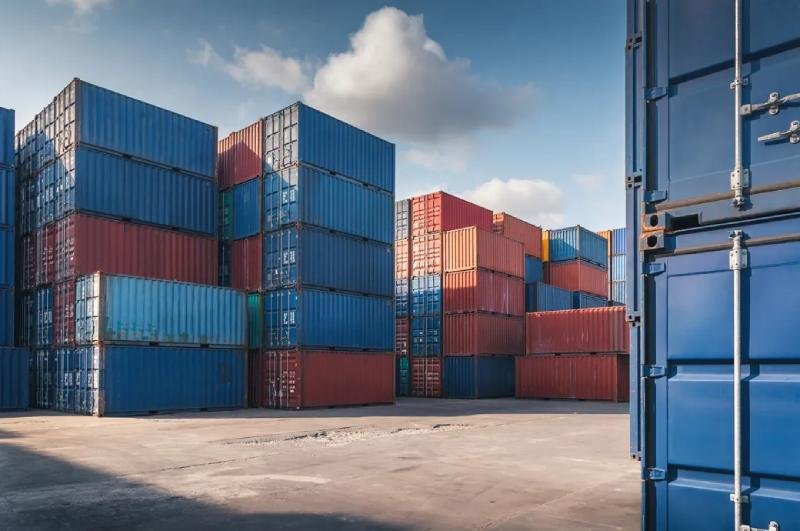
Sri Lanka Customs briefs about clearance of containers

Speaking at the briefing, Customs Media Spokesman and Additional Director General Mr. Sivalie Arukgoda stated that the containers in question did not contain any illegal or suspicious items.
He emphasized that prior to clearing the containers, all relevant import documents were thoroughly examined, and the clearance process was carried out accordingly. Mr. Arukgoda expressed confidence that the containers only contained goods declared by the importers and that the procedures followed by Customs ensured nothing illegal was present.
Further commenting, Mr. Sivalie Arukgoda said:
“These containers contained raw materials for industries, plastics, various types of thread, chemicals, motor vehicle spare parts, animal feed, machinery, pesticides, cement, iron pipes, fertilizer, and timber, among other things. Most of these containers were imported from India and China. Additionally, some were brought from Indonesia, Hong Kong, Singapore, Malaysia, Switzerland, South Korea, and the United Arab Emirates.
Due to the procedures we followed during the clearance of these containers, we believe with confidence that they only contained the goods declared by the importers. The clearance was done only after reviewing all the relevant documentation linked to the import records.
In the recent past, we were accused of possibly allowing the import of weapons, gold, or drugs through these containers. However, because of the system we followed, we can confidently say that none of those items were present in these shipments.
Nevertheless, due to the intense public discourse surrounding this matter, Sri Lanka Customs has decided to conduct a post-clearance audit. This audit is currently being carried out by the Post-Clearance Audit Division. Furthermore, a high-level committee appointed by the Secretary to the Ministry of Finance is also investigating the entire process. All relevant officers, including the Director General of Customs, have already provided information to this committee. We have also shared details with the Criminal Investigation Department (CID), so we have no reason to doubt the legitimacy of the process.
Additionally, no orders or influence were received from any external party during the clearance of these containers. I can say that with absolute certainty.
The controversy arose regarding the containers cleared on January 18, 2025. Among those, there were 180 importers involved. We received 234 import records from them, and out of the total 371 containers, 309 were cleared. Of the rest, 62 were automatically cleared by our data system. So, the committee oversaw the clearance of 309 containers.
We possess all the information about these importers — their names, addresses, and if they are companies, the details of their board of directors. We also know who facilitated the clearance and have the container numbers as well. All of this information has been provided to the relevant authorities.
We determine which containers to inspect and which not to through a risk management process. As I mentioned earlier, we do not inspect about 60% of containers. Releasing a container without inspection is not something new to Customs — it happened in the past, is happening now, and will continue to happen. We make these decisions based on risk assessments.”


